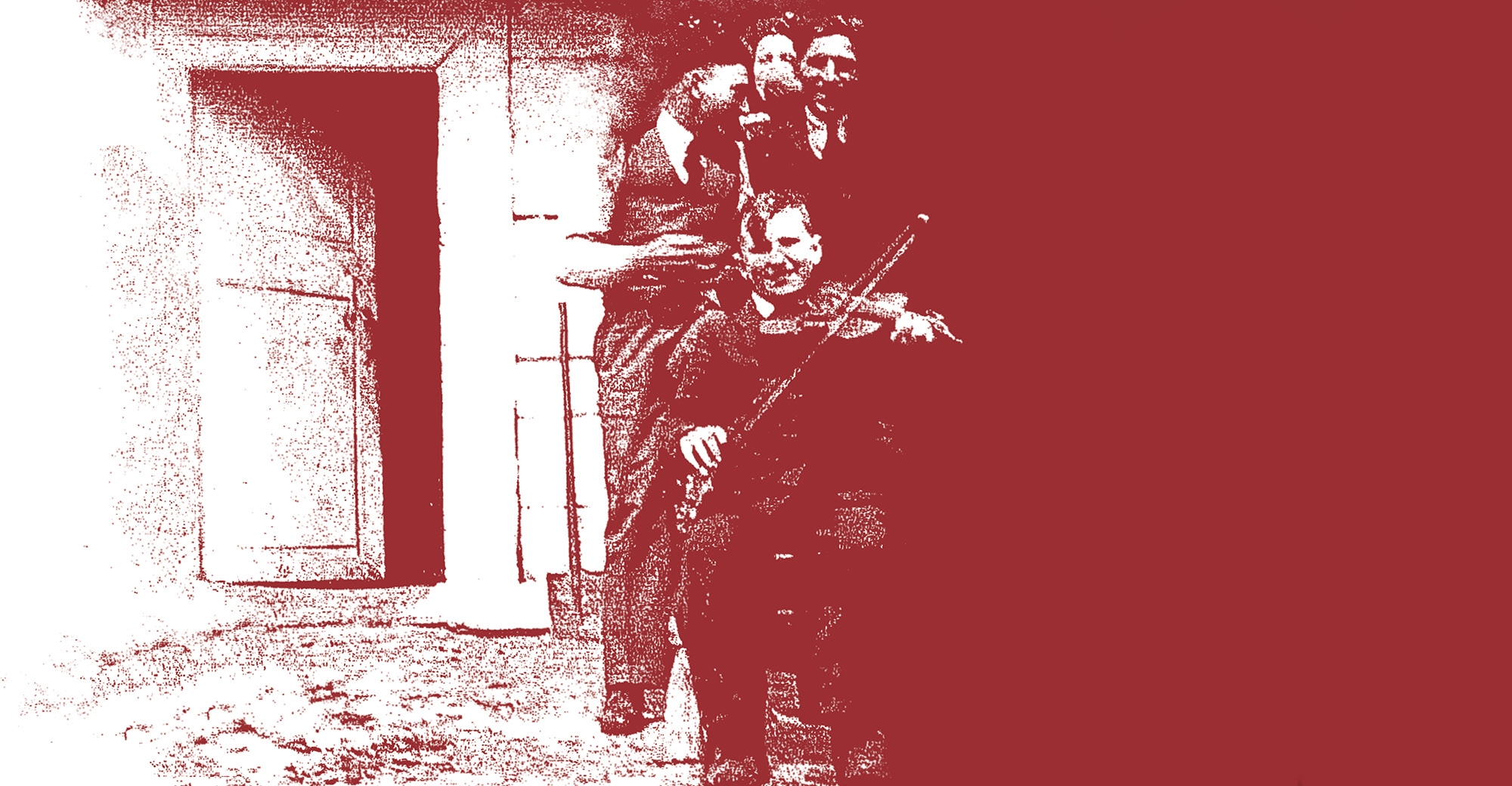What was the daily experience of Jews hiding from the Nazi German machine of extermination and those who brought them help sometimes even risking their lives? An exhibition that juxtaposes these two distinct yet intertwined perspectives will be inaugurated in Zajezdnia History Centre in Wrocław on 7 April.
The exhibition ‘Between Life and Death. Stories of Rescue During the Holocaust’ presents accounts from ten European countries: Croatia, Denmark, France, Germany, Hungary, Lithuania, The Netherlands, Poland, Slovakia, and Ukraine. The Polish part of the exhibition showcases the stories of Elżbieta Ficowska who was smuggled out of the Warsaw Ghetto as a little baby, and the Gawrych Family – Righteous Among the Nations.
By outlining stories of survivors along with those of rescuers, the display highlights the complexity of human relations under extreme conditions. The testimonies are also shown against a broader historical background to offer a better understanding of local opportunities for Jews to survive and for helpers to provide aid.
The exhibition had its premiere in Brussels with the official opening in the European Commission headquarters and later was presented also in Amsterdam, Bratislava and Vilnius. Wrocław will be the fifth stop on the exhibition’s tour around Europe.
The opening of the exhibition will be accompanied by a special event: a meeting with Holocaust survivor Elżbieta Ficowska combined with a live performance by Bente Kahan, one of top European Jewish solo vocalists which will take place on Sunday 7 April at 4:00 pm. Attendance is free.
Read more about the display in Wrocław
Between Life and Death. Stories of Rescue during the Holocaust
2-30 April 2019
Venue: Zajezdnia History Centre
Grabiszyńska 184, Wrocław
Organisers:
European Network Remembrance and Solidarity,
POLIN Museum of the History of Polish Jews,
Silent Heroes Memorial Centre at the German Resistance Memorial Center Foundation
Co-organiser in Wrocław:
Zajezdnia History Centre
Partners in Wrocław:
Jewish Community in Wrocław, Bente Kahan Foundation
Funding:
Ministry of Culture and National Heritage of Poland,
Federal Government Commissioner for Culture and the Media (BKM), Germany
Partners:
Vilna Gaon State Jewish Museum,
Memorial Chambon sur Lignon,
Memorial de la Shoah,
Danish Jewish Museum,
‘Tkuma’ Ukrainian Institute for Holocaust Studies,
Castrum Peregrini,
Museum of the Second World War,
NIOD, the Institute for War, Holocaust and Genocide Studies,
Nation’s Memory Institute (UPN)
